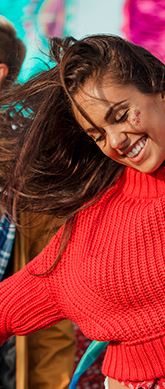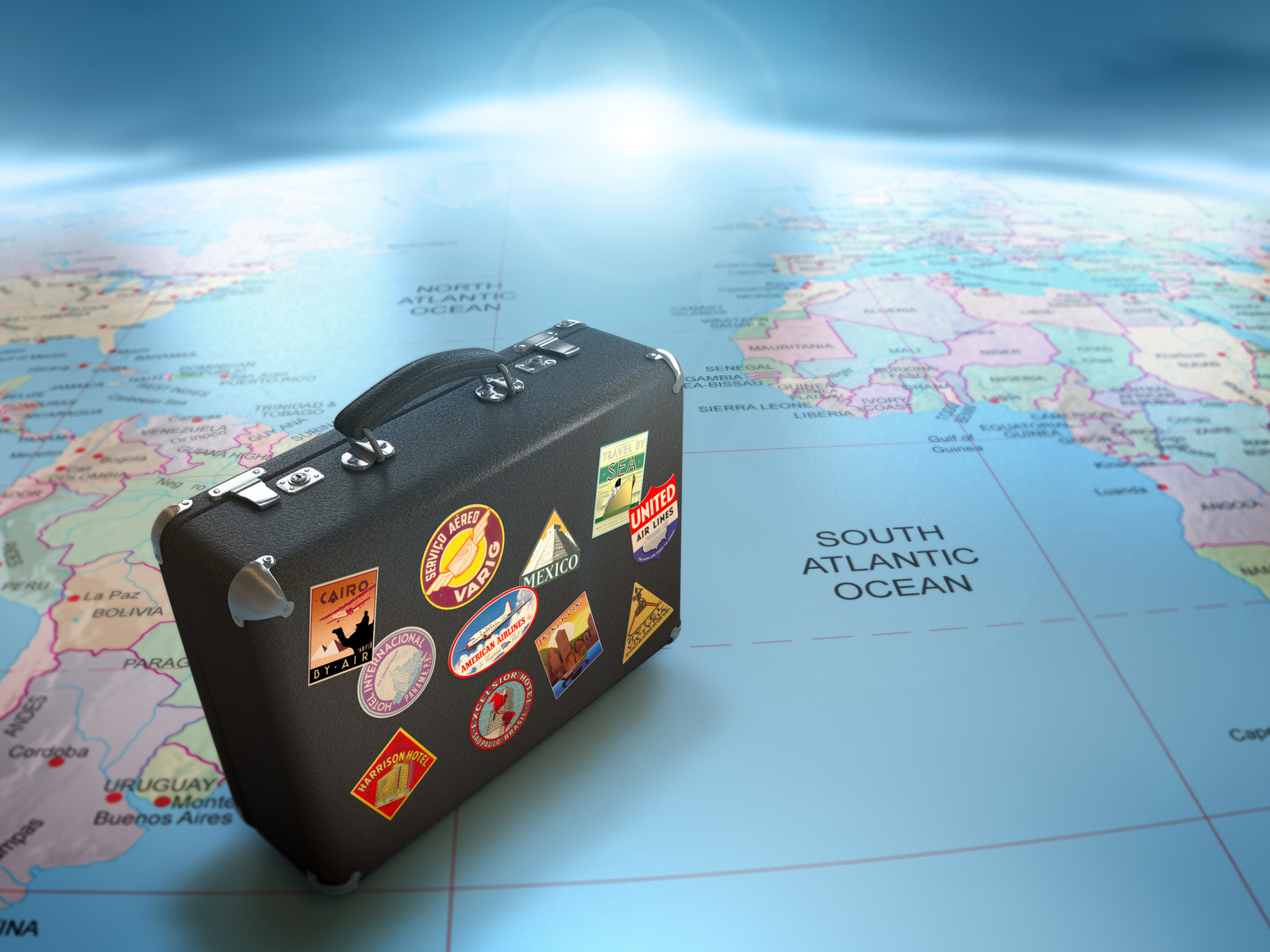A great immersion into the history of the Indian state of Bihar can be accomplished in just a few hours. And that will cost you only 250 rupees. Just buy a ticket to the Patna State Museum, one of the most popular museums in a 2 million city, and start your travel through time.
The decision to create the museum was made in 1912 after the separation of Bihar from East Bengal. The museum was opened 3 years later. And only in 1929, the collections were moved to the building in the Mughal architectural style that had been built to store the historical findings. It was the first museum of Bihar and Orissa Province.
The vast collection of artifacts of ancient India, the Indian Middle Ages and the epoch of British India enlists 50 000 pieces of art. The Maurya Empire, the Shunga dynasty, the Mughal Empire, and the Gupta Empire come alive in the exhibition halls. The collections are so colossal that even the spacious building allows displaying only a small part of the total number of exhibits.
The two floors of the well-kept historical building painted in colors of ripe fruit accommodate art galleries and a number of other theme-based displays. The exhibition of natural history unveils the animal world of Bihar with veritably Indian dwellers including tigers, panthers, and rare birds. The galleries of sculpture, terracottas, arms, and bronze follow one by one enabling you to get acquainted with the flow of the centuries and cultural customs of the region.
One of the museum marvels is an ancient tree trunk 16 meters long: this fossil discovery, a gift to the museum, that is more than 200 million years!
Among the most interesting exhibits that you can see is the Didarganj Yakshi statue masterfully carved of stone in the 3d century BC. Many experts agree that the figure represents a yakshi, an impersonated spirit of nature as a female character, sort of an Indian «relative» to Aphrodite or Venus de Milo. It is easily recognizable among other items: the magnificent sculpture lost its left arm somewhere in the current of centuries.
The museum works from 10.30 a.m. to 4.30 p.m. It is open daily except for Mondays. To be allowed to take pictures, the visitors will have to add 20 rupees to the ticket price, if the flash is needed – 100 rupees. There is a small café for museum guests.



